Home>Furniture & Design>Interior Design Trends>How To Attach Moss To Wood In Home Decor
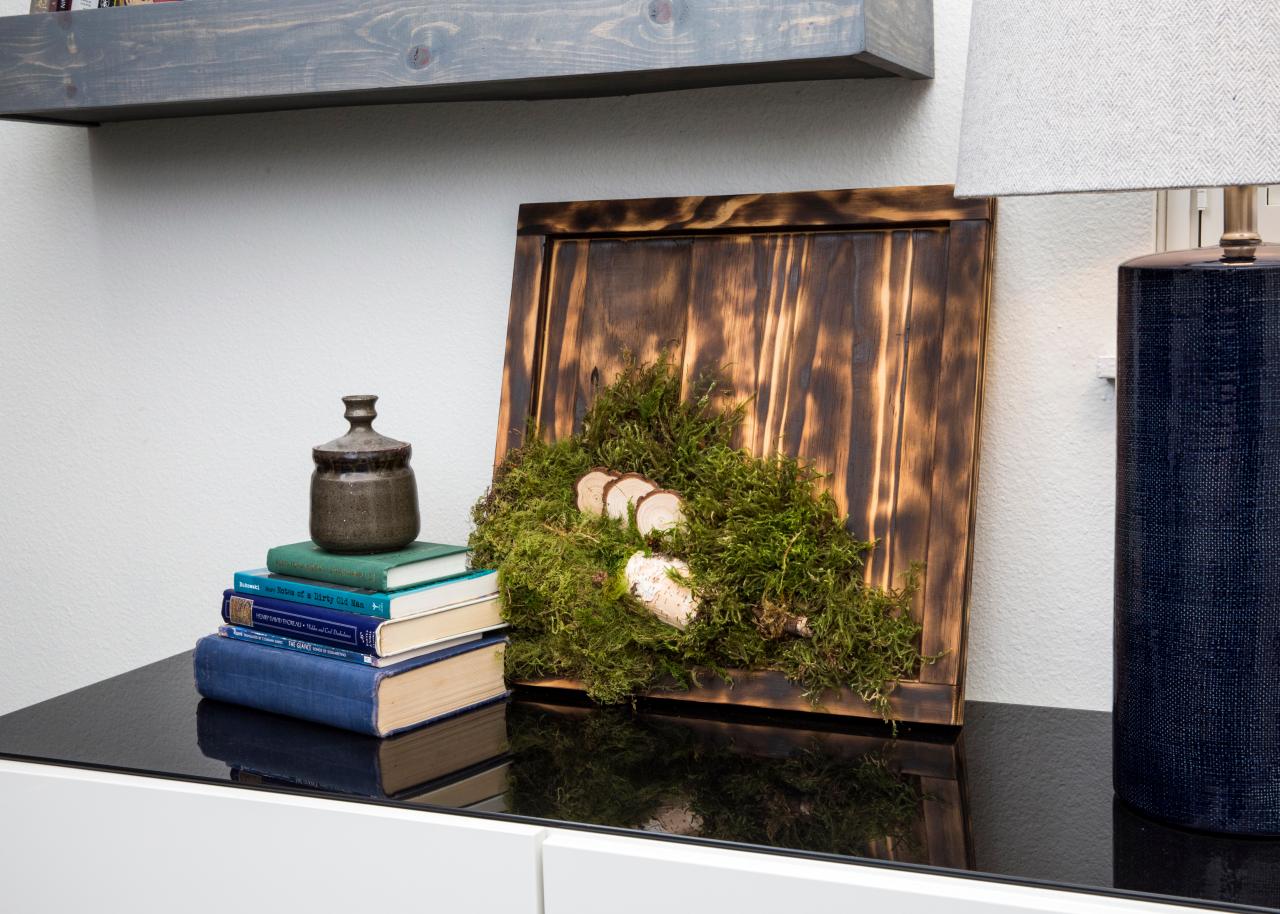

Interior Design Trends
How To Attach Moss To Wood In Home Decor
Published: December 22, 2023
Learn how to attach moss to wood for a trendy interior design. Discover the latest interior design trends for incorporating natural elements into your home decor.
(Many of the links in this article redirect to a specific reviewed product. Your purchase of these products through affiliate links helps to generate commission for Storables.com, at no extra cost. Learn more)
Introduction
Adding natural elements to interior design has become increasingly popular in recent years. Moss, with its earthy charm and low-maintenance nature, has emerged as a favorite choice for bringing a touch of the outdoors into the home. One creative way to incorporate moss into home decor is by attaching it to wood, creating visually captivating and texturally intriguing pieces that can enhance the aesthetic appeal of any space.
In this article, we will explore the process of attaching moss to wood in home decor, from selecting the right type of moss to caring for the finished pieces. Whether you’re a seasoned DIY enthusiast or someone looking to add a unique and organic element to your living space, this guide will provide you with the knowledge and inspiration to embark on this creative and rewarding endeavor.
Key Takeaways:
- Embrace the natural beauty of moss by attaching it to wood for unique home decor. Choose the right moss, prepare the wood, and care for your creation to bring the outdoors inside with artistic finesse.
- Infuse your living space with the tranquility of nature by creating captivating moss-decorated wood pieces. Select, prepare, and care for your moss-adorned creations to nurture a dynamic symbiosis between the organic and the artisanal.
Read more: How To Repurpose Wood Crates As Home Decor
Choosing the Right Type of Moss
When it comes to attaching moss to wood for home decor, selecting the right type of moss is crucial. Different species of moss offer varying textures, colors, and growth patterns, allowing you to achieve diverse visual effects based on your preferences. Here are a few popular moss varieties commonly used in home decor projects:
- Sheet Moss: Known for its velvety appearance and vibrant green color, sheet moss is a popular choice for covering larger surface areas. It creates a lush, carpet-like effect and is ideal for creating a verdant backdrop on wooden panels or frames.
- Reindeer Moss: This type of moss features a soft, spongy texture and is available in an array of natural hues, including shades of green, gray, and even vibrant shades like coral and yellow. Reindeer moss adds depth and visual interest to wood decor pieces, making it a versatile option for various design schemes.
- Spanish Moss: With its cascading, wispy strands, Spanish moss lends a whimsical and ethereal quality to wood decor. It can be draped over wooden elements such as branches or frames, creating an enchanting, forest-inspired ambiance within interiors.
Before choosing a moss variety, consider the specific aesthetic you wish to achieve and the level of maintenance you are willing to undertake. Some moss types require more moisture and indirect light, while others are more resilient and can thrive in drier conditions. Additionally, ensure that the moss is sustainably sourced, especially if you are harvesting it from natural environments.
By carefully selecting the right type of moss for your project, you can set the stage for creating captivating and enduring wood decor pieces that seamlessly blend natural elements with modern design sensibilities.
Preparing the Wood Surface
Before attaching moss to wood for home decor purposes, it’s essential to prepare the wood surface to ensure optimal adherence and longevity of the moss. Follow these steps to effectively prime the wood for moss application:
- Cleaning the Wood: Begin by thoroughly cleaning the wood surface to remove any dirt, dust, or debris. Use a soft brush or a cloth to gently wipe the surface, ensuring that it is free from any particles that could hinder moss attachment.
- Applying a Moisture Barrier: Depending on the type of wood and its porosity, applying a moisture barrier can help maintain the ideal level of moisture for the attached moss. A clear, water-based sealant can be used to coat the wood, preventing excessive moisture loss and providing a suitable base for the moss to thrive.
- Creating Texture: If the wood surface is smooth, consider adding texture to facilitate better moss adhesion. This can be achieved by lightly sanding the surface or creating subtle grooves and indentations using a wood carving tool, providing anchor points for the moss to grip onto.
- Ensuring Adequate Ventilation: Proper ventilation is crucial to prevent mold or mildew growth beneath the attached moss. If the wood piece will be displayed in a humid environment, ensure that there is adequate airflow to maintain a healthy moss habitat while preventing moisture-related issues.
By meticulously preparing the wood surface, you can create an ideal foundation for the moss, promoting successful attachment and sustained vitality. This preparatory phase sets the stage for a seamless and enduring fusion of natural elements and artisanal craftsmanship in your home decor projects.
To attach moss to wood in home decor, use a hot glue gun to secure the moss to the wood surface. Be sure to press the moss firmly onto the glue to ensure a strong bond.
Attaching the Moss to the Wood
Once the wood surface is properly prepared, it’s time to embark on the creative process of attaching the moss. There are several methods for securing moss to wood, each offering unique benefits and visual outcomes:
- Adhesive Application: Utilizing a non-toxic craft adhesive or hot glue gun, carefully affix the moss to the wood surface. Apply the adhesive sparingly, focusing on the moss’s base, and gently press it onto the wood, ensuring a secure bond without damaging the delicate moss structure.
- Wire or Netting Enclosures: For larger moss pieces or three-dimensional wood decor items, consider creating wire or netting enclosures to contain the moss. This method provides structural support and allows for easy repositioning or replacement of the moss, enhancing the versatility of the decor piece.
- Moss “Painting”: Using a mixture of natural yogurt or buttermilk and water, create a moss “paint” that can be applied to the wood surface. Place the moss fragments in the solution, then use a brush to “paint” the wood, transferring the moss onto the surface. This method can yield a natural, organic look as the moss gradually establishes itself.
When attaching the moss, consider the overall design concept and the specific visual impact you aim to achieve. Experiment with different placement arrangements and moss combinations to create dynamic textures and captivating compositions on the wood surface. Additionally, ensure that the moss is not compressed excessively, allowing it to maintain its natural form and vitality.
By embracing the attachment process as a form of artistic expression, you can infuse your wood decor pieces with a harmonious blend of nature’s beauty and human ingenuity, resulting in captivating and evocative creations that resonate with admirers.
Caring for Moss-Decorated Wood Pieces
Proper care and maintenance are essential for preserving the allure and vibrancy of moss-decorated wood pieces, ensuring their longevity and visual impact. Here are some guidelines for effectively caring for and preserving moss-adorned wood decor:
- Moisture Management: Monitor the moisture levels in the moss regularly to prevent desiccation or excessive dampness. Lightly mist the moss with water when it appears dry, ensuring that the wood substrate does not become waterlogged. Adequate moisture balance is crucial for sustaining the moss’s lush appearance.
- Indirect Light Exposure: Position moss-decorated wood pieces in areas with gentle, indirect light to promote healthy moss growth. Avoid placing them in direct sunlight, as this can cause the moss to dry out or become discolored. Balancing light exposure is key to preserving the moss’s natural vibrancy.
- Periodic Grooming: Occasionally inspect the moss for any debris or detritus that may have settled on its surface. Gently remove any foreign particles using a soft brush or compressed air, taking care not to disturb the moss’s delicate structure.
- Preventing Mold and Mildew: Maintain proper ventilation around the moss-decorated wood pieces to discourage the development of mold or mildew. Adequate airflow helps prevent moisture accumulation, safeguarding the moss’s health and the integrity of the wood substrate.
- Rejuvenation and Replacement: Over time, some areas of the moss may show signs of wear or fading. Consider rejuvenating the moss by lightly misting it and gently patting it to encourage new growth. If certain sections deteriorate, carefully replace them with fresh moss to maintain the piece’s visual appeal.
By implementing these care practices, you can ensure that your moss-decorated wood pieces remain enchanting focal points within your home, exuding a timeless allure that seamlessly merges the tranquility of nature with the elegance of artisanal craftsmanship.
Read more: How To Repurpose Wood Pallets As Home Decor
Conclusion
Attaching moss to wood in home decor projects presents a captivating opportunity to infuse living, breathing elements into interior design, fostering a sense of organic beauty and tranquility within living spaces. As you embark on this creative journey, remember that the process of integrating moss with wood is not merely a craft but an art form that harmonizes the raw elegance of nature with human creativity.
By carefully selecting the right type of moss, preparing the wood surface thoughtfully, and attaching the moss with artistic finesse, you can create wood decor pieces that transcend conventional aesthetics, offering a glimpse of the natural world within your home. The tactile allure and visual richness of moss-decorated wood pieces serve as poignant reminders of the delicate interplay between the wild and the crafted, inviting contemplation and connection.
As you care for these moss-adorned creations, tending to their vitality and preserving their allure, you become a steward of an ever-evolving living artwork, nurturing a dynamic symbiosis between the organic and the artisanal. The enduring beauty of moss-decorated wood pieces lies not only in their visual appeal but in the stories they silently narrate, encapsulating the resilience and harmony of the natural world.
May your foray into moss and wood decor be a celebration of creativity, a homage to the timeless allure of nature, and a testament to the transformative power of artistry within the home. Embrace the enchanting fusion of moss and wood, and allow its presence to kindle a sense of wonder and serenity, infusing your living spaces with the ineffable magic of the natural world.
Frequently Asked Questions about How To Attach Moss To Wood In Home Decor
Was this page helpful?
At Storables.com, we guarantee accurate and reliable information. Our content, validated by Expert Board Contributors, is crafted following stringent Editorial Policies. We're committed to providing you with well-researched, expert-backed insights for all your informational needs.
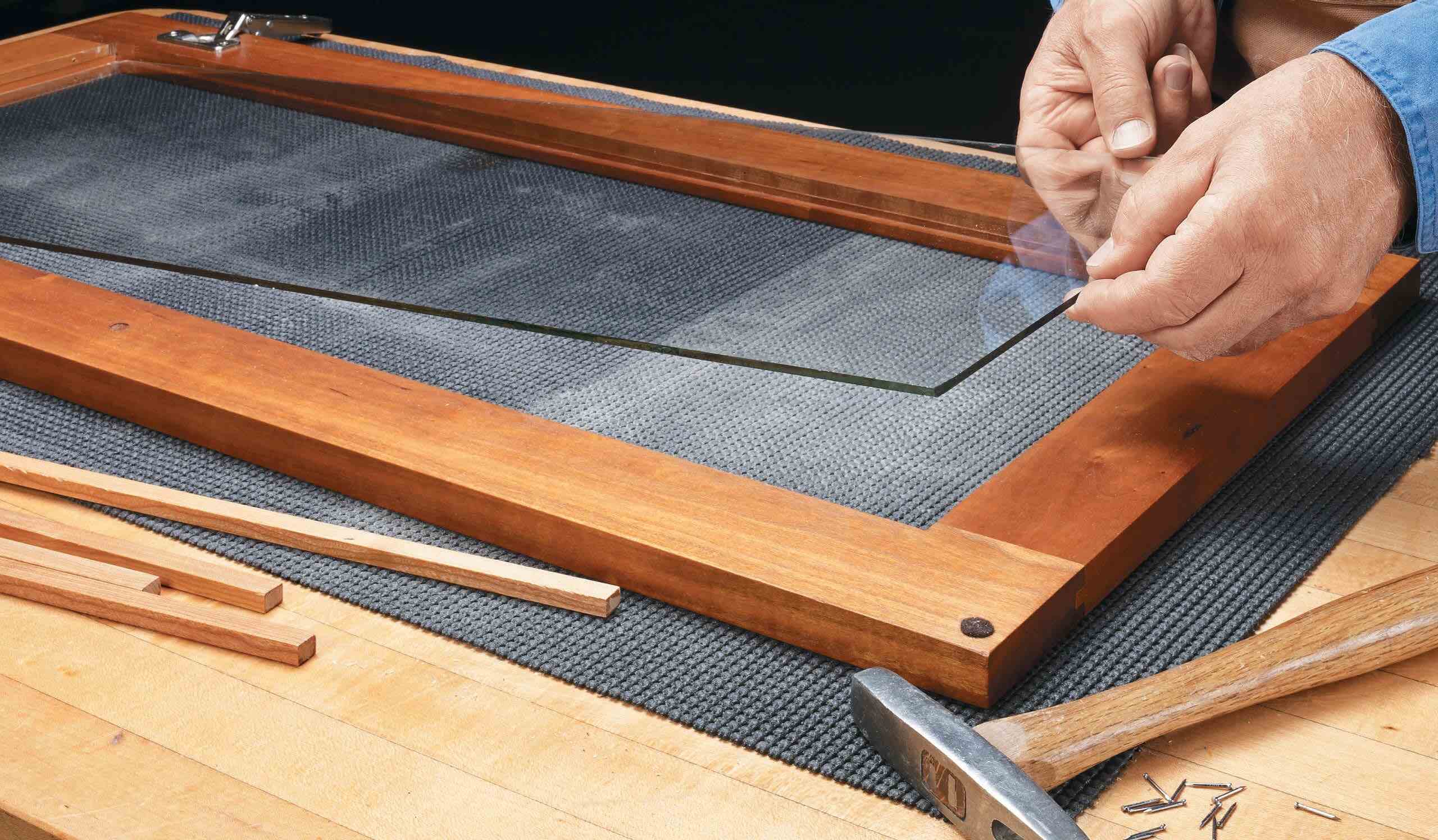
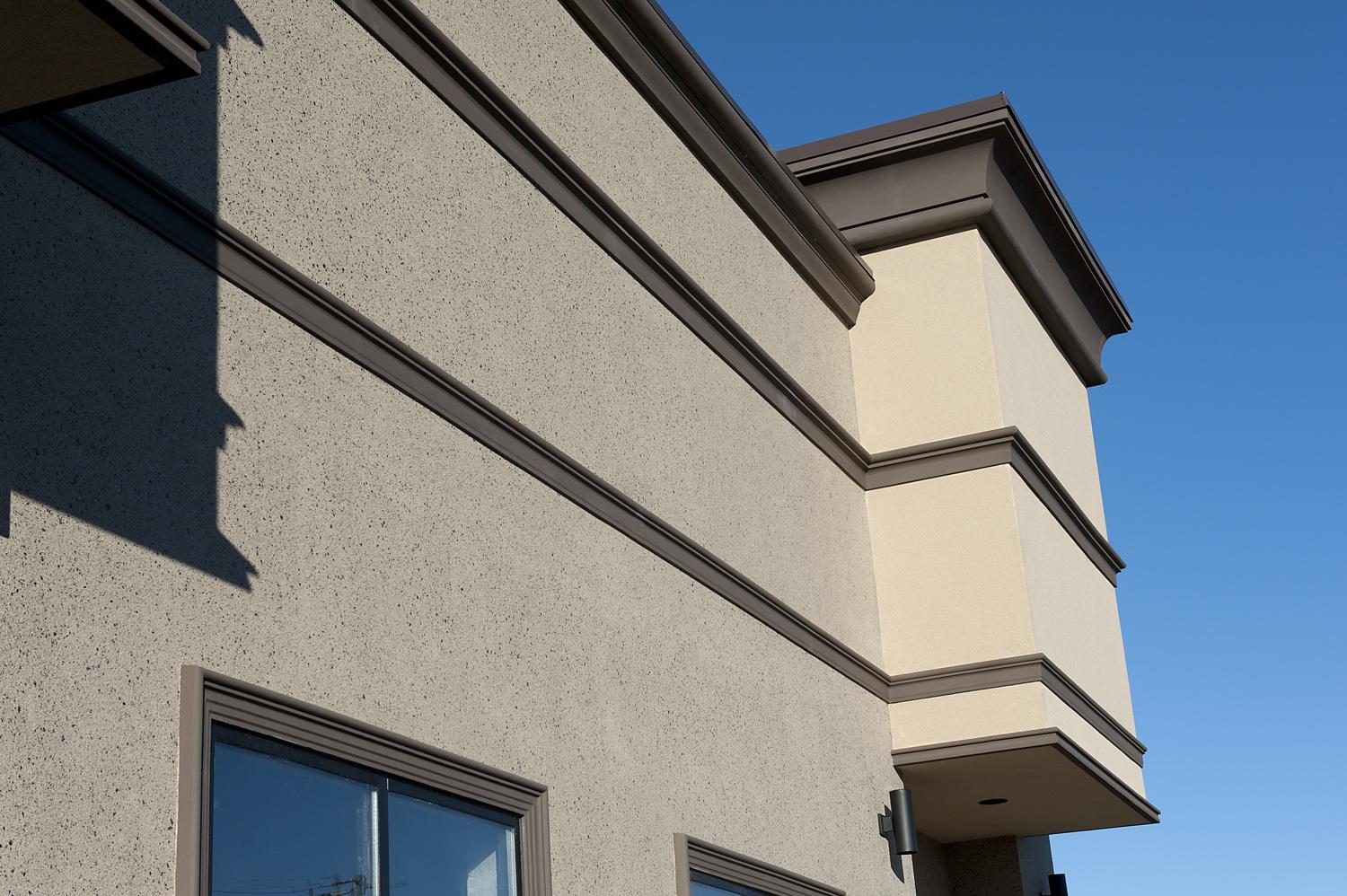

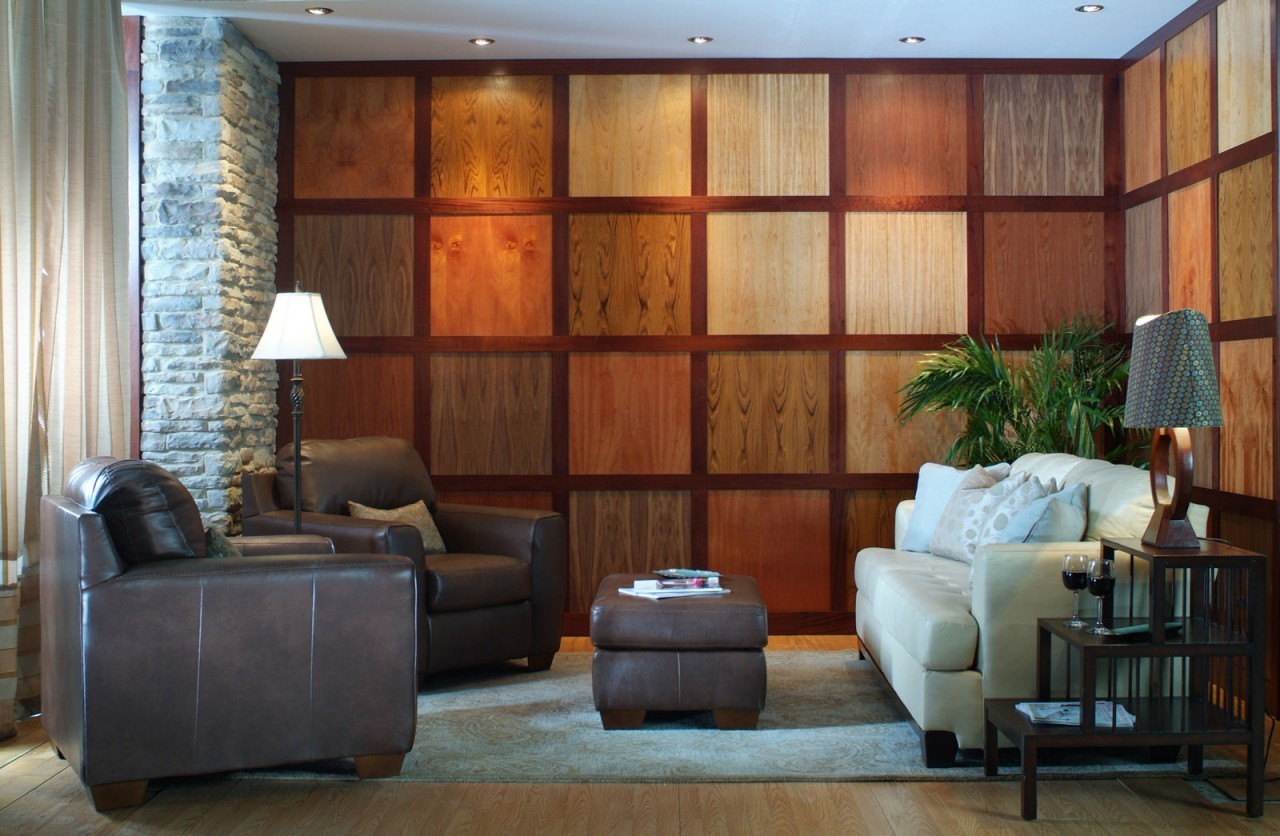
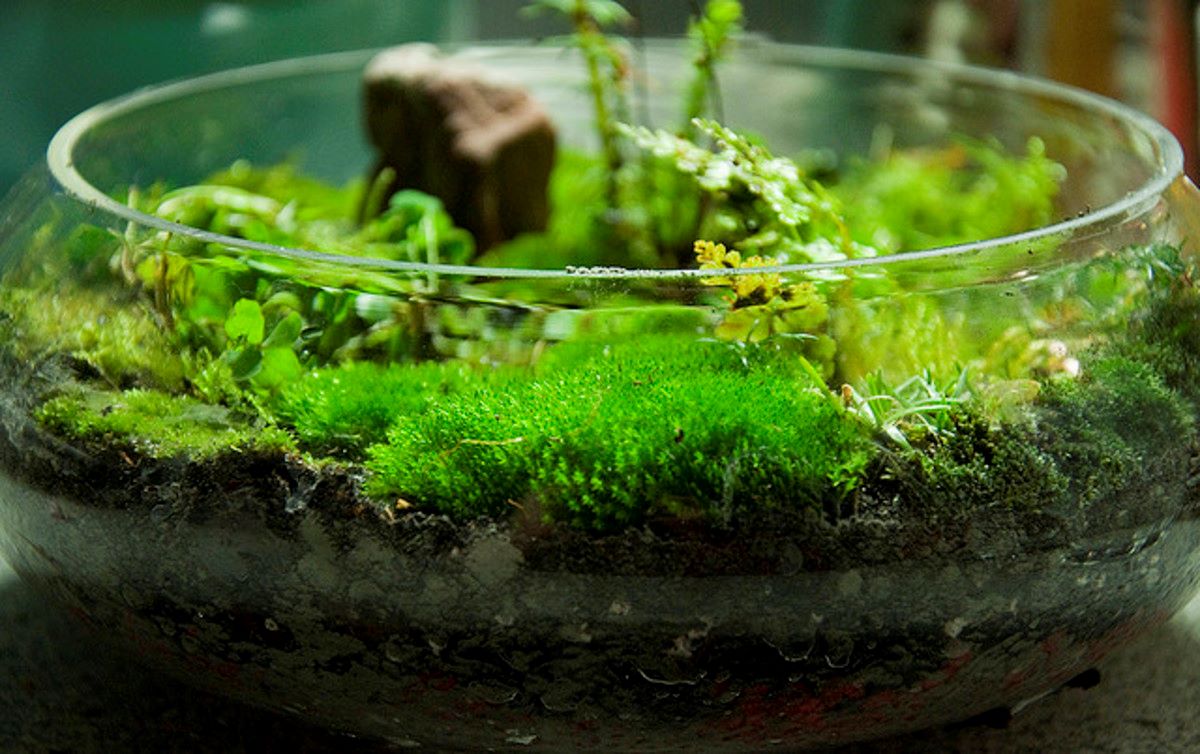

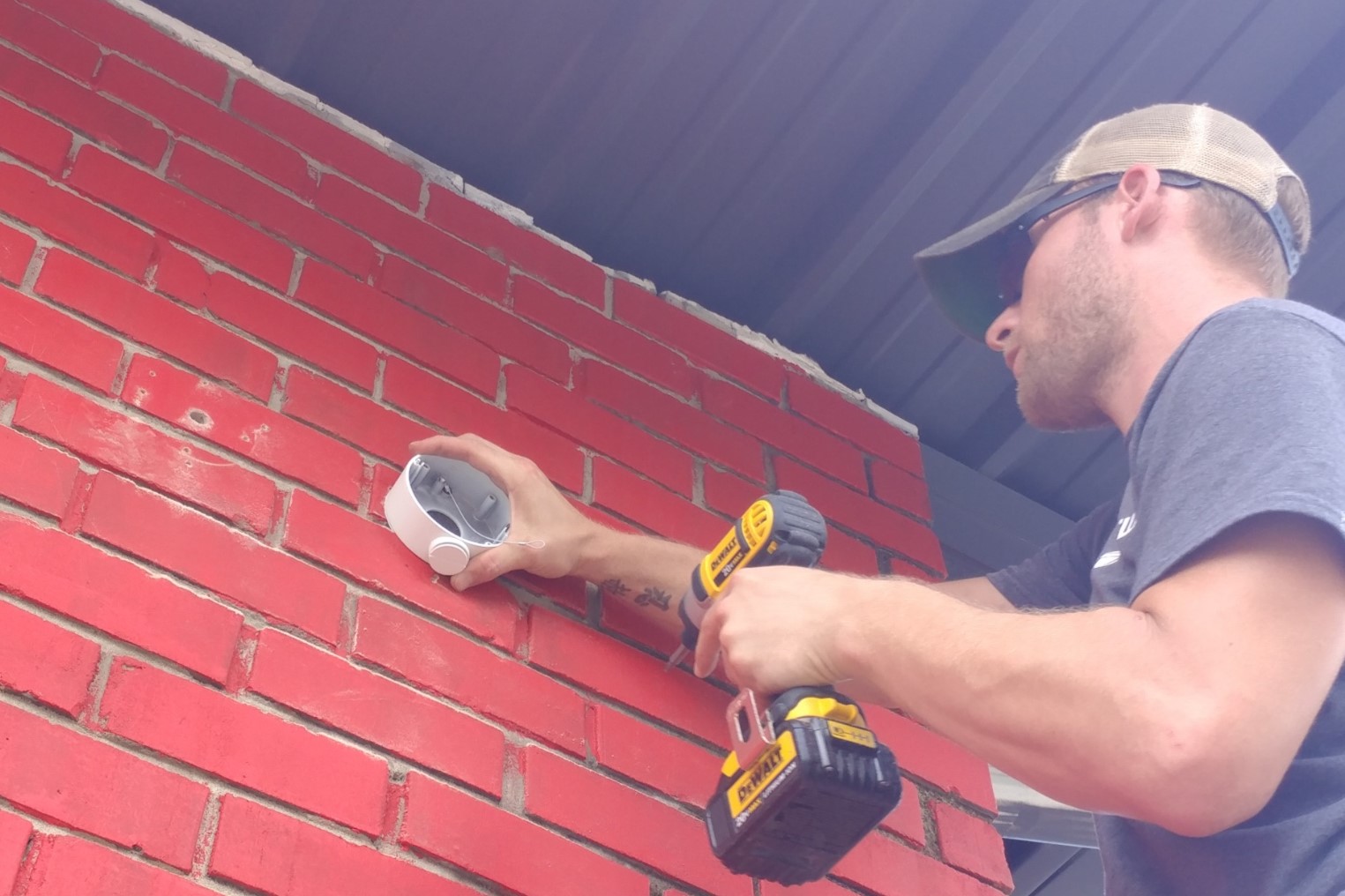

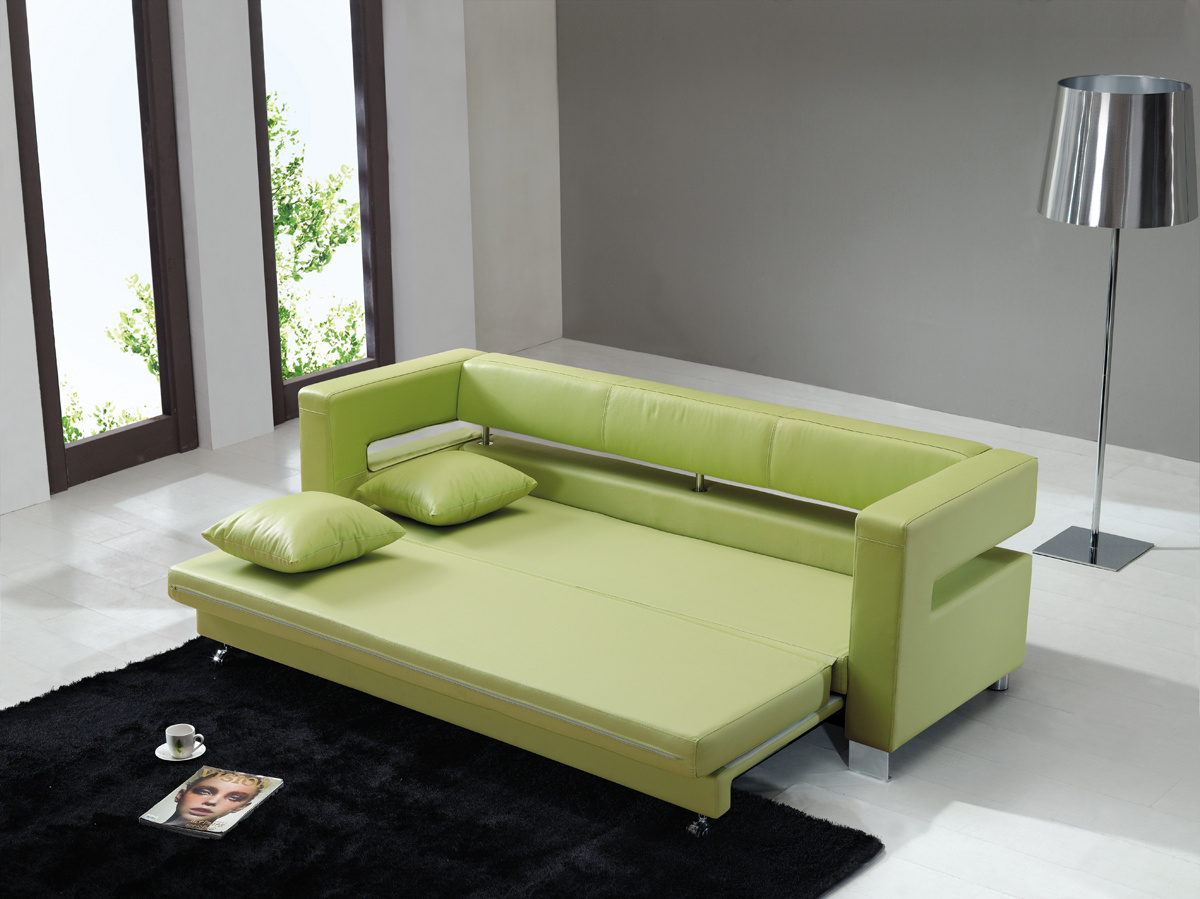
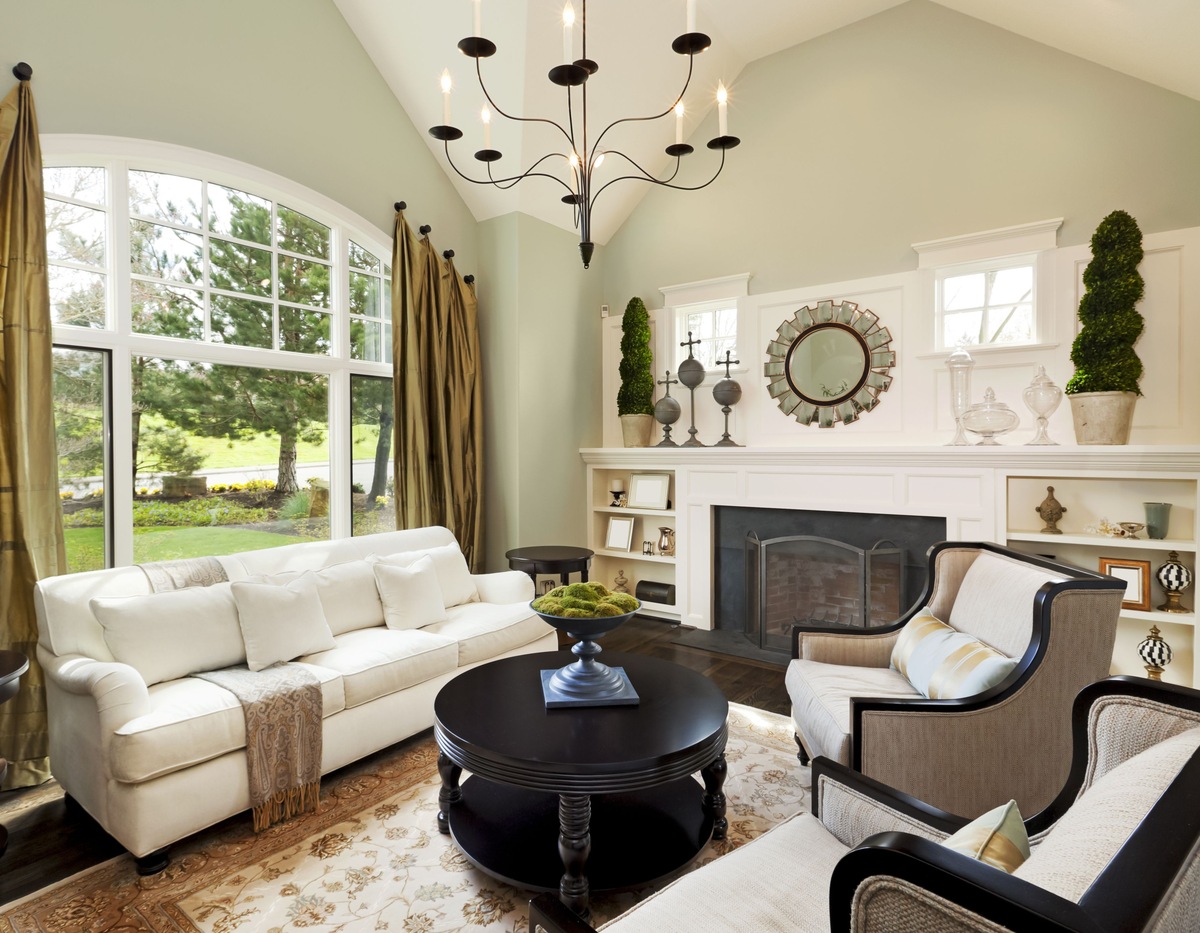
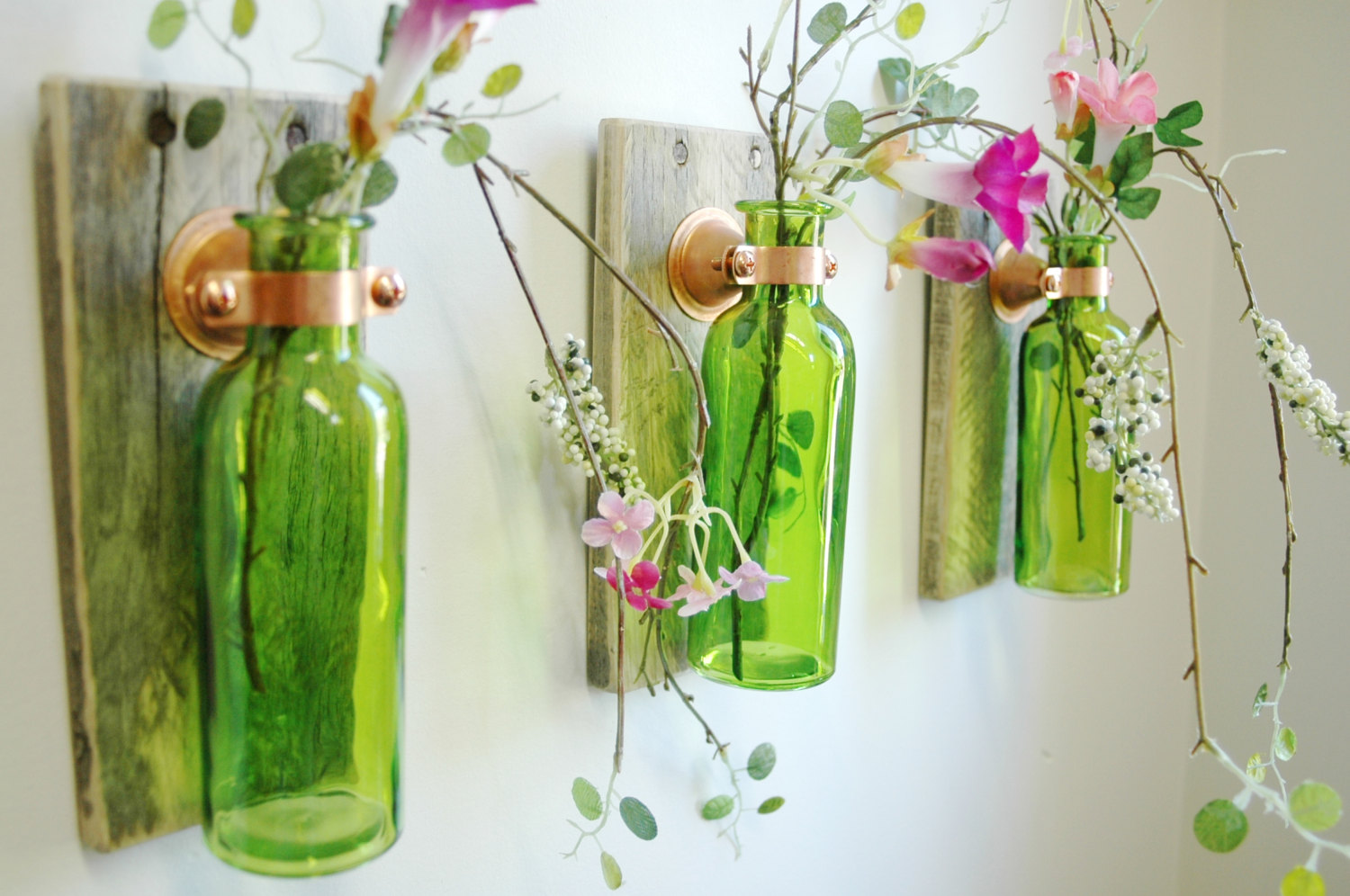
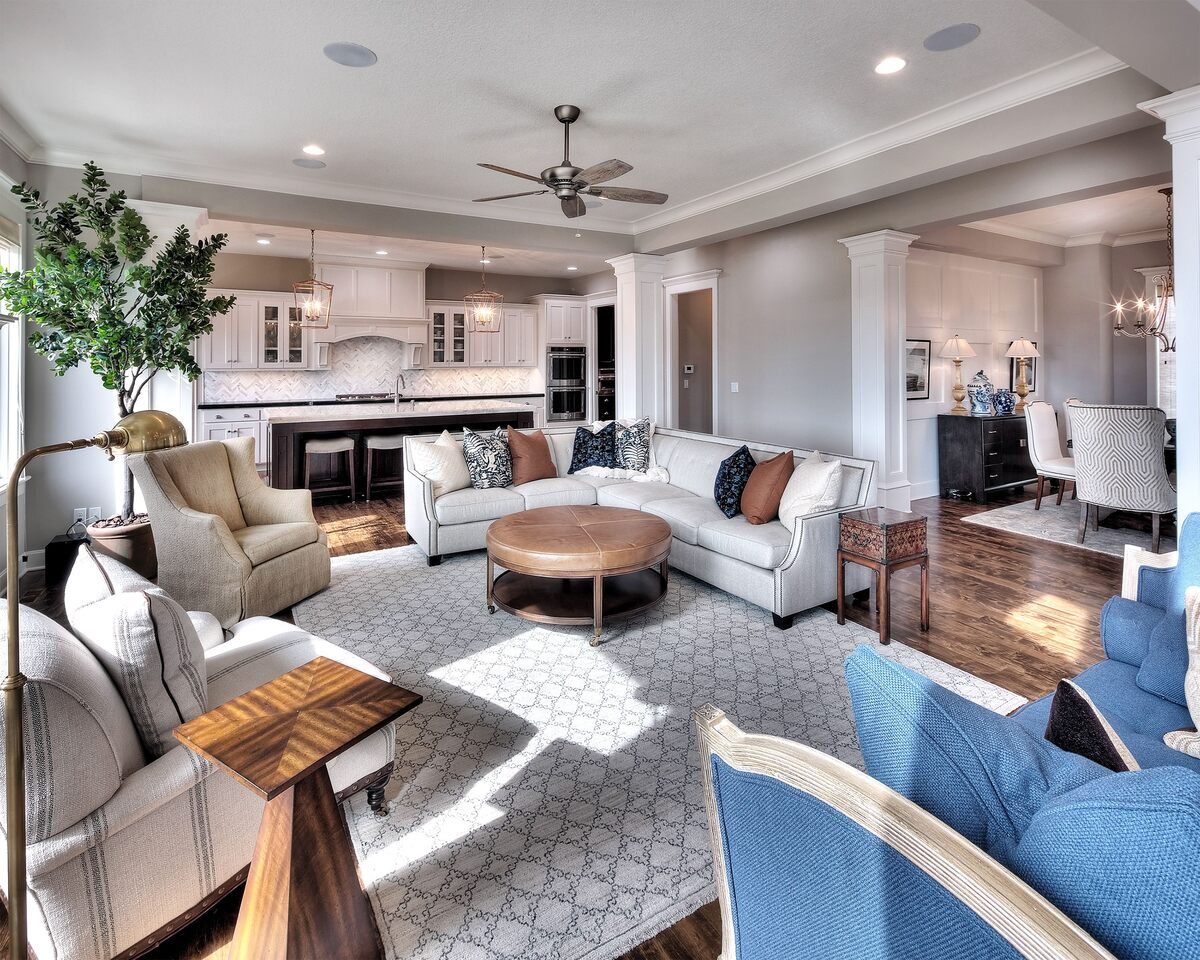
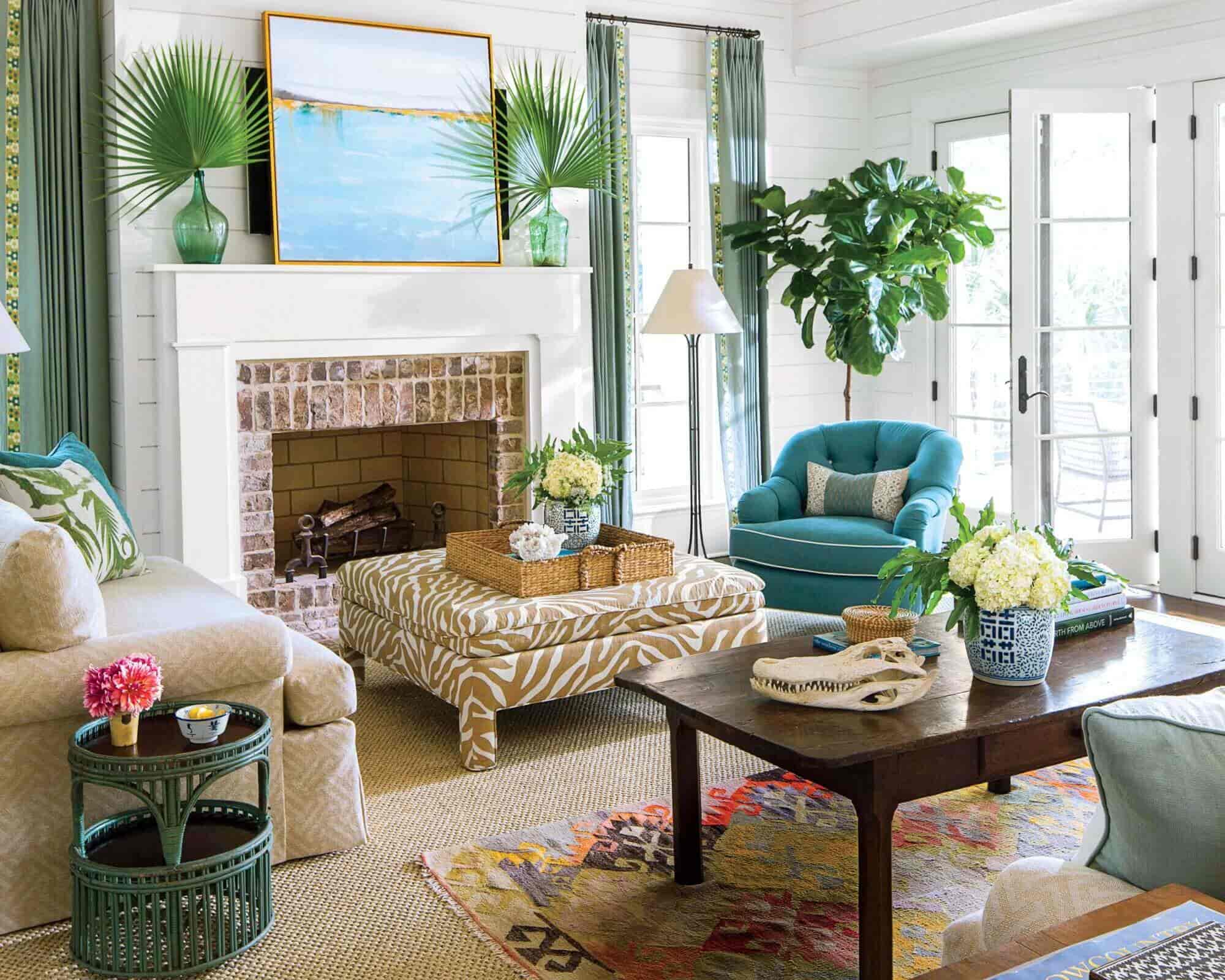
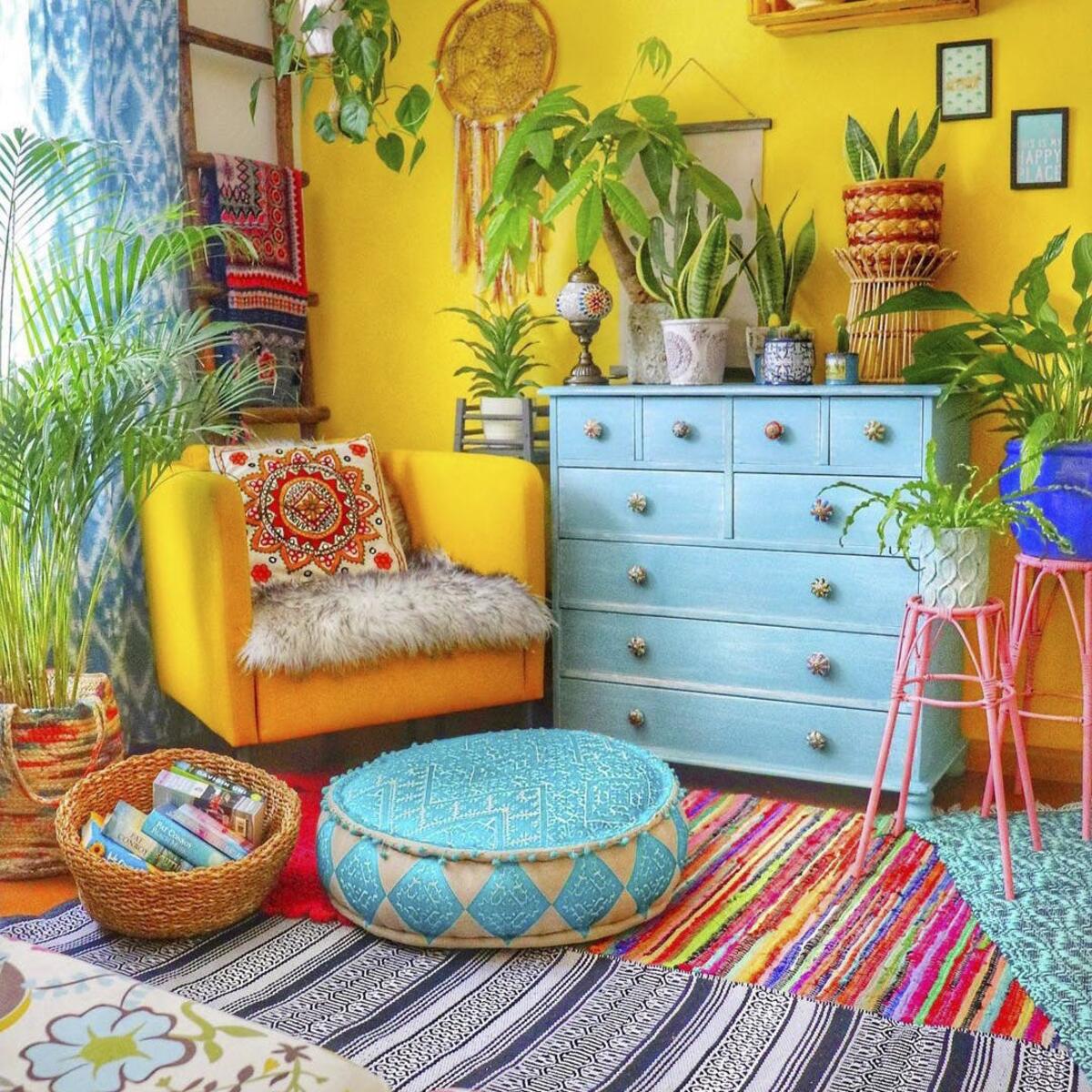

0 thoughts on “How To Attach Moss To Wood In Home Decor”